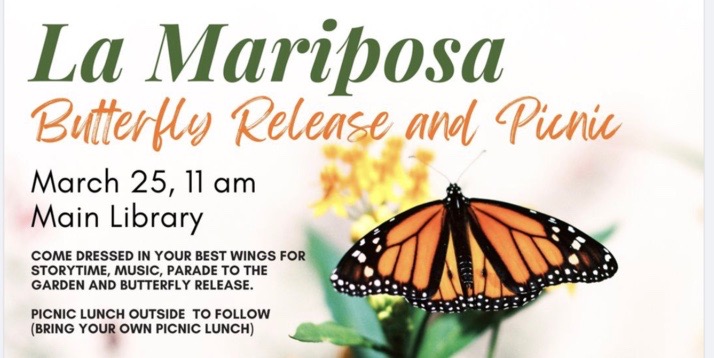
Ray Saadi: Amid oceans of good reading
April 3, 2012
Local faces at Jazz Fest
April 3, 2012Janie Luster, a native of Bayou du Large, has a unique heritage. As a tribal citizen of the United Houma Nation, she shares her heritage with descendants of the Houma Tribe. As a Houma, she has struggled with many societal issues, like education and equal rights. Still, she loves to share her culture through art and has done so throughout her life.
“It’s been a struggle for us as a tribal nation,” Luster says. “It’s been very hard. I remember the days of my parents being Indian, not given opportunities to get education because of discrimination. My brother Kirby Verret was one of the first college graduates of Houma (tribe).”
Growing up a child of parents who did not receive a proper education, she often traveled with them to festivals, where they would perform demonstrations for the public; one of them being the New Orleans Jazz and Heritage Festival.
Her father, John Verret, would demonstrate how to make the traditional palmetto hut and her mother Mary would often make popular Spanish moss dolls. Today, her family still creates the dolls; particularly her daughter, Ann. The dried moss is often colored with dye and though the children love them, Luster said some non-Native American people think they are Voodoo dolls. Accompanying her parents, Luster found a way to make money of her own by creating alligator garfish jewelry, an art also learned from her mother.
“I would make the garfish pins to help pay for souvenirs and food for the children,” says Luster.
The alligator garfish dates back to prehistoric times. Found in both saltwater and freshwater, the fish populates many Louisiana lakes and bayous. Although Native Americans have always eaten the fish, there was a time when others refused to consume it. The fish can grow up to 8 feet long and weigh as many as 275 pounds. Tribes previously used the diamond-shaped scales, made of enamel, as arrowheads, though today Luster uses them for jewelry and pins arranged in the shapes of flowers.
“At Jazz Fest, people love them,” Luster says. “They are unique, one of a kind, no two alike, and they are truly a gift from the bayous of Louisiana. I have people that come and see what I have every year. Last year, I had a man that had gotten an alligator pin and he said his alligator was lonely and needed company.”
The art started with her mother, who wanted flowers for the trapping camp in the winter months and, in turn, began creating flowers from the alligator garfish scales.
“She would take the blue clay from the bayou side and form a ball and put the garfish scales to make a flower,” Luster says. “She would also use the scales of the redfish and drum to make flowers.”
Luster is continuing the tradition, teaching family as well. She receives scales from a cousin fisherman and has expanded her art to crosses that her daughter creates.
Once the scales are cleaned with bleach and doses of freshwater, they are white in color. Since the scales are made of enamel, it is easy to dye them to create colorful pieces. Luster says the process of cleaning, drying and dyeing can take quite some time and the process of piecing together the flowers can take 20 minutes or longer, depending on the size of the scales and the detail of the pin.
“Sometimes you search for that perfect scale that will make the flower blossom,” she says.
The art has helped Luster and her family through difficult times and has also contributed to excursions across the globe.
“In 1992, my husband got hit by a car and this became a large part of our income, sometimes paying many of our bills,” Luster says. “The alligator garfish jewelry has given us many opportunities. I was invited to go to Montbeliard, France for a Christmas market. Then Ann, my son Zeb and I traveled to LaRochelle, France last August. Then we traveled to New York in the middle of Manhattan for the History Channel’s “Swamp People.” They invited six artists from Louisiana to demonstrate their swamp (art) in Chelsea’s Market.”
Luster has attended Jazz Fest for many years, beginning with her parents.
“We seek out the living traditions of people that are leaders of their heritage and their art, to preserve it and continue to showcase it for festival goers to see,” says Rachel Ornelas, the festival’s cultural heritage coordinator. “She’s grown up in the tradition and it’s important to preserve that, especially with United Houma Nation. (We) have a strong relationship with them and many tribes from Louisiana, but Janie is one of the tradition bearers of United Houma Nation, and that’s why she’s invited.”
– Esther Ellis is a freelance writer.
Janie Luster, of United Houma Nation, shows off thousands of Alligator Garfish scales, which she sanitizes and dyes before making various crafts that she will sell at Jazz Fest.







